Fridge magnet and ancient Greek legend about a shepherd.
 Everyone at home has fridge magnets. Have you checked yourself how strong the magnet is on the refrigerator, will it fall or not? Especially if it is a heavy ceramic magnet and the kitchen floor is made of tiles. Everyone, even for the sake of curiosity, brought a magnet to the refrigerator or to the first iron t hat fell on their eyes, experiencing the force of the magnet's attraction. Especially in childhood, and adults sometimes do this too. Do you know how the magnet got its name? Have you heard the famous old legend about a shepherd who discovered a magnet with its properties to attract iron to the world?
Everyone at home has fridge magnets. Have you checked yourself how strong the magnet is on the refrigerator, will it fall or not? Especially if it is a heavy ceramic magnet and the kitchen floor is made of tiles. Everyone, even for the sake of curiosity, brought a magnet to the refrigerator or to the first iron t hat fell on their eyes, experiencing the force of the magnet's attraction. Especially in childhood, and adults sometimes do this too. Do you know how the magnet got its name? Have you heard the famous old legend about a shepherd who discovered a magnet with its properties to attract iron to the world?
Legendary story! It has been retelling for several centuries, at the mention of a magnet. Historians describe in their works, only each with some differences.
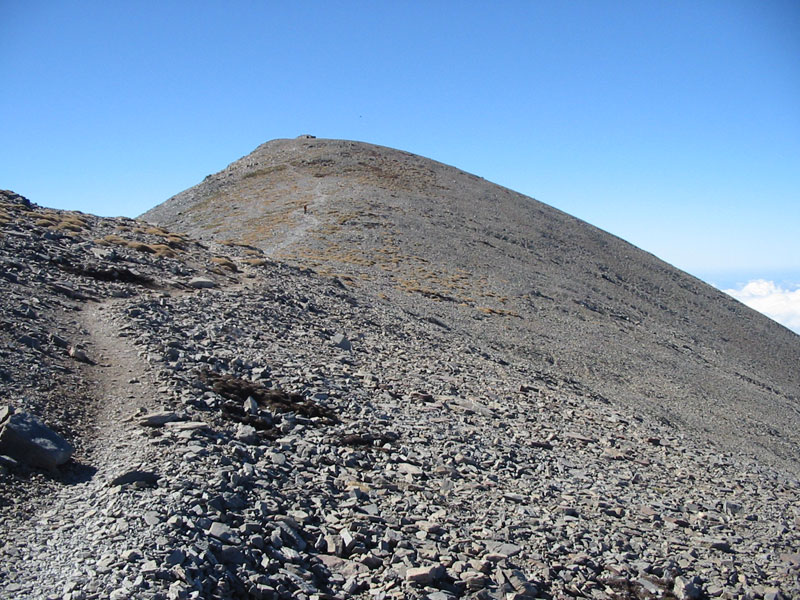
Img. Mount Ida, Greece Crete.
Long ago, in the hills of Magnesia, iron ore was mined, and flocks of sheep grazed nearby. One shepherd, his name was Magnus, bypassing these hills with his flock, went to Mount Ida. On the mountain, I discovered magnetite ore (iron ore, black stones, magnet - each source names differently magnetic iron ore). There were many stones on the hills, it was indicated that the iron ore lay thickly. It remains unclear why he went there with hungry sheep, if there is a lot of ore, stones, and not grass.
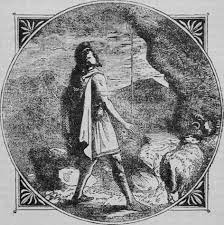
Img. Shepherd Magnus.
The man walked holding a wooden staff with an iron-studded tip. The staff served him as a support, protection, and to guide the herd. On the feet of the shepherd were shoes, with the soles well padded with iron nails.
Climbing the mountain, in one version - he felt that it was hard to tear his legs off the incomprehensible black stones, the nails of the shoes and the staff were attracted to them. In the second, while he walked, his legs literally clung to the ground, to the iron ore, since there was a lot of it on the ground. The shepherd walked like this through the entire mountain Ida carrying his message to people. The third version is that when the man found the ore and stepped on it, the nails of his shoes and the iron tip of the staff stuck to the magnetite ore, just like him. It remains to be hoped in this version that he was able to pull the boots away from the magnet and did not go further barefoot.
All versions of the legends agree that the shepherd did not remain silent about his discovery of the magnet and the strange attraction of iron to it and told his acquaintances. People remembered his story, retold it to others. Apparently the shepherd was telling a fascinating story. Since then, this unusual black stone began to be called, in honor of the attentive shepherd who found this magnet - “Magnus's stone” or simply “magnet”.
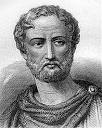
Img. Pliny the Elder, author of Natural History.
The historian of antiquity Pliny was the first to describe this legend, pointing to the existing roots from more ancient sources. More precisely on Nikandra from Colophon. Unfortunately, his works from this period have not survived and the story of the magnet has not survived either. Reliability without confirmation.
Subsequently, various authors refer to the written legend of Pliny many times, citing it, adding their own nuances, new versions.
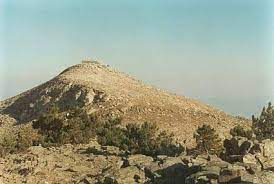
Img. Mount Kaz, Turkey (in antiquity, Mount Ida).
The place of action mentioned in the legend will change and be contested - from Crete to Asia Minor to the region of present-day Turkey, as there are two Ida mountains, with mineral deposits. According to other historical data, these two places are also suitable. The tribe of magnets, at that time lived in Ancient Greece, during their prosperity, they founded cities in Asia Minor. In the two countries, the cities had the same name Magnesia. Other sources, including the philosopher Lucretius, believe that the magnetic iron ore got its name "magnet" from the name of the city of Magnesia, near which this mineral was mined and exported.
The name of the shepherd, in different versions of the legend, sounds differently: Magnus, Magnet, Magn, Magnes.
Isidore of Seville, who in 600, told the legend about the magnet and the same case with the shepherd, but the name is Magnes, the place is the mountains of India. In 1652 Thomas Nichols describes a similar legend about a shepherd keeping flocks in the mountains of India, the name of the shepherd Magnet.
The result - in all versions, the main character is a shepherd, carrying objects with iron, he walks with herds in the mountains, with pieces of iron ore on the surface (there are deposits of magnetic iron ore in the mountains), unexpectedly discovers the effect of magnetic attraction. The names of the shepherd have roots from which the word "magnet" can be derived. Only the places of action are different - Greece, Asia Minor, India.
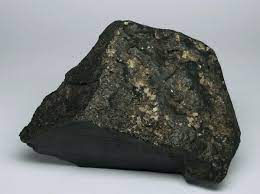
Img. Magnetic ironstone (magnetite).
An old legend that has become a fairy tale over time. Whether that shepherd was real or not, no one will ever know. But, the legend of how the magnetic iron ore was discovered, which in nature has the strongest magnetic properties of all, why it was called a magnet, remained unforgettable. Many things created by nature and man are now called magnets. Souvenir magnets and cool fridge magnets are also among them.

You can buy Ukrainian souvenirs, interesting gifts, fridge magnets in the online store "Your Present"
